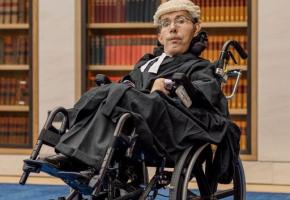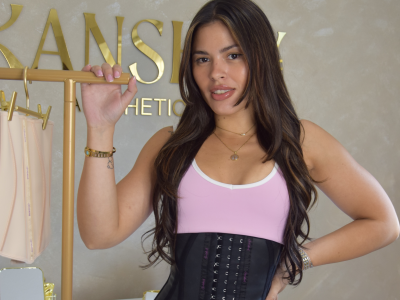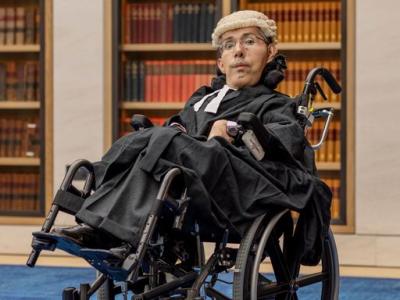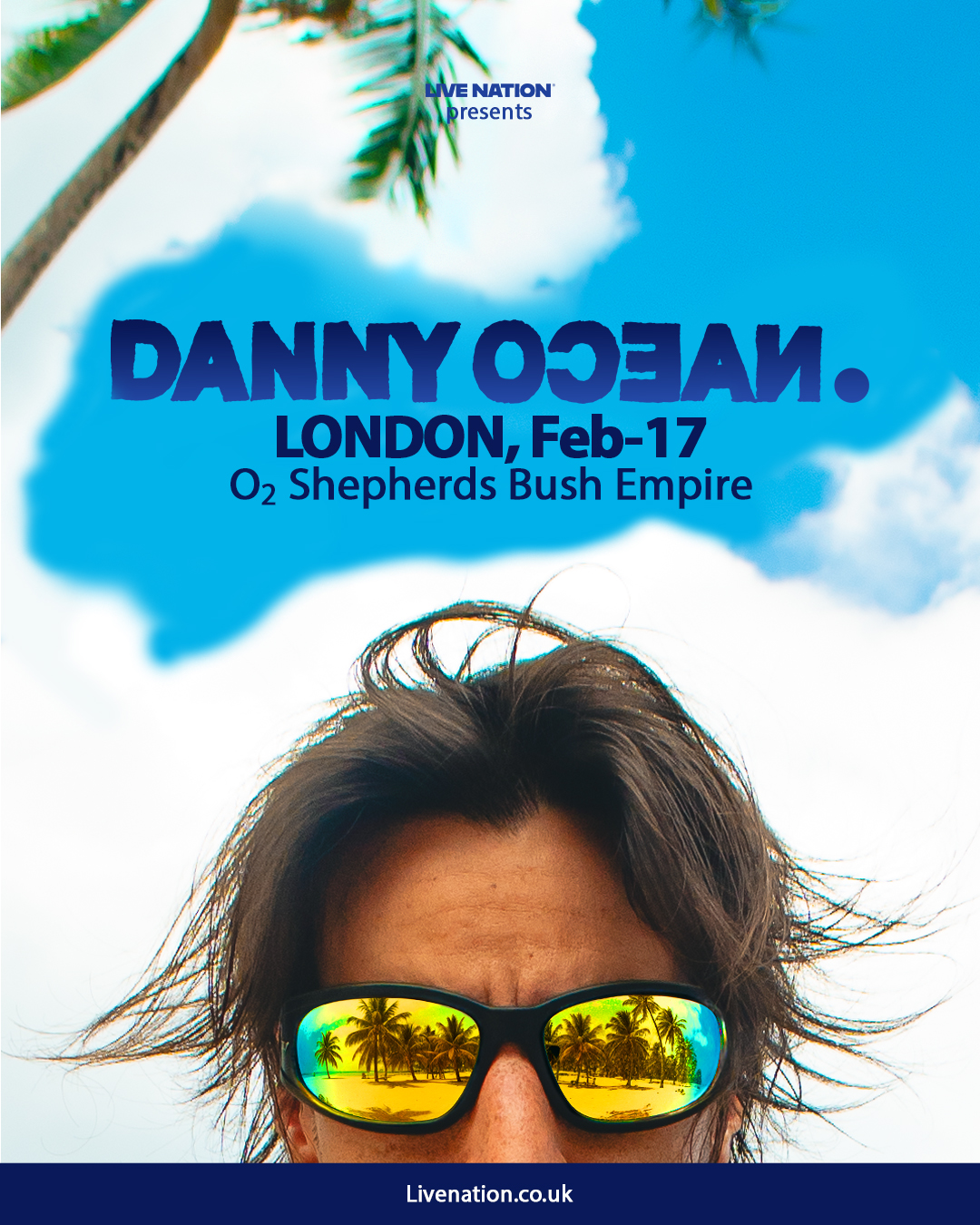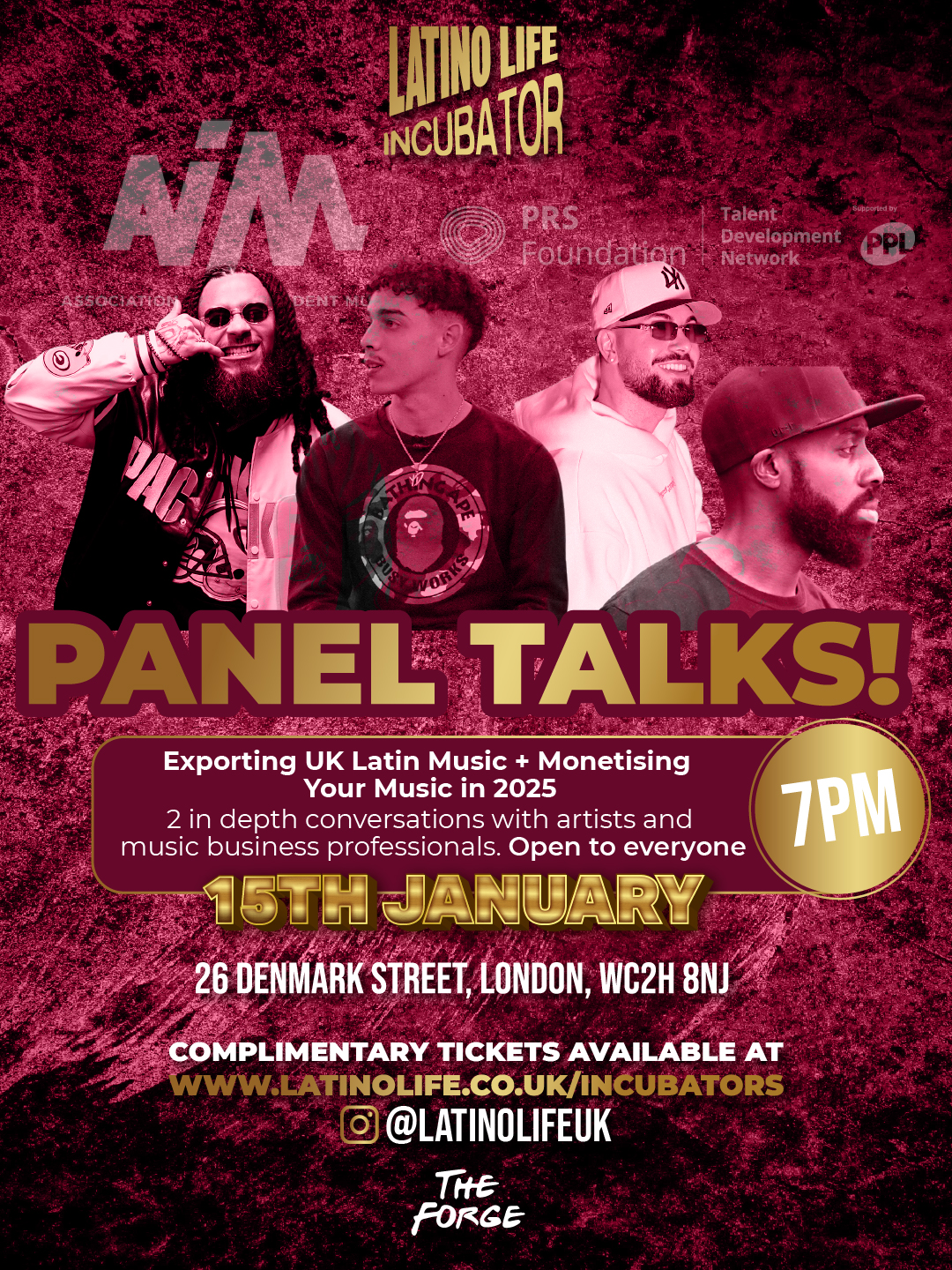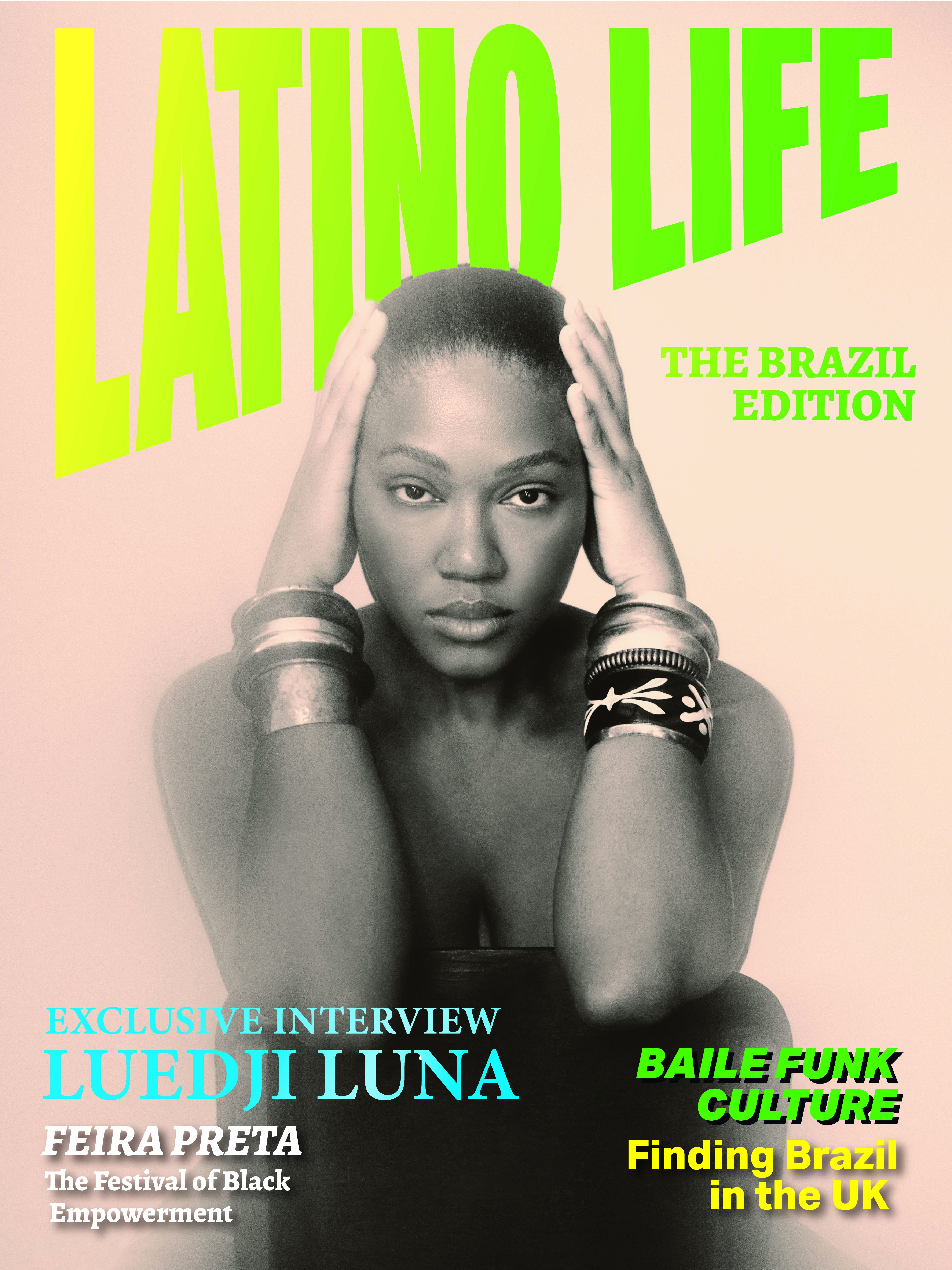When I was leaving Marabá, I realised I was entering on a new phase of my life, one which I’d always fought to reach. It’s not just through the knowledge I’ve gained thanks to the hard work I’ve put in and the training I’ve received in the Rios de Encontro project, and of wanting to be someone who is well-informed. But through being an artist, an art educator, and an active member of the afro-indigenous community, capable of defending Amazônia!
Lots of amazing things happened on the journey from Belém to Brussels. A Japonese-Brazilian Uber driver took us to the airport. He explained why he is selling Bitcoin, believing that by selling this currency he’s not just improving his income in Brazil, but that he would be able to survive the collapse of the American Dollar and the banking industry! An unexpected backseat lecture, my djembe drum on my lap, my roots protected’! But he revealed just how much I didn’t know about the future.
When I boarded the aircraft from Belém to Lisbon, I felt a great weight of responsibility on my shoulders. I was leaving Brazil, as part of a much bigger project that’s been defending the lives of the Amazonian people for decades.
When we reached Lisbon, of course the climate and the time changed. But when we reached Brussels, I began to see how complicated it is to travel on our planet earth! Our bags had been left behind in Lisbon, because there was too little time for them to be transferred between flights. I realised how much I had trusted the authorities of the ‘First World’.
Public parks a human right
I was amazed and delighted by all the trees in Brussels. I had imagined that Belgium, as an ‘advanced’ country would be all advanced only in its technology. But there is a care there for the human being, about good nutrition, refugees and immigrants, and with public parks as a human right in every city.
In the park in Ambiorix Square in Brussels there is a statue which is quite a challenge for anyone who lacks imagination to interpret art. It shows a man mounted on horseback, accompanying the horse’s movements, not in a military pose, but with an attitude of respect, understanding, the sensibility of a worker. What a lovely statue!
Other sculptures caught my attention. A young Belgium, depicted as a woman almost falling over, without formal poise, balancing between dance and passion. What country portrays itself in this way?

Fridays for a Future
A meeting in the offices of the Centre for Child Journalism, with three secondary students from the European School, completely changed my perceptions of myself! In a room full of home-made placards about the Strike Against Climate Collapse, Gaia and Miguel explained in Portuguese how they report the student movement Fridays for a Future. They translated my stories about cultural activism as a means of looking after the Amazon, into English and French for their colleague Nora.
They didn’t take their eyes off me, as I explained the serious situation, with the threats to our human rights and to social and climate security in our country. I realised that almost no news about Latin America and the Amazon reaches Europe! And these children of MEPs and international NGOs, the next generation of leaders, are hungry for any information they can get about Amazon, any hope for international dialogue and action. I left there determined to take Fridays for a Future back to Marabá.
Later we visited the House of European History, where history is presented through objects, pamphlets, art, clips, videos, gas-masks, posters, poetry and quotations – to narrate the history of struggles between conquistadors and liberators, up to the cold war between two distinct militarized visions of the future. I never imagined that Fascism and Stalinism were so similar, with so much repression and industrialized genocide!
In front of a monument which values the movements for diversity of memory, language, culture and ideas in the House of European History.
I perceived the continuities between each history, one linked to another, in search of ideals. In that vast permanent exhibition on 6 floors, I realized that I still have a lot to read, as a future novice student of history, if I am to acquire historic consciousness.
 Elisa in Brussels with activists from Fridays for a Future
Elisa in Brussels with activists from Fridays for a Future
A quote from the British prime minister Winston Churchill, who led the fight against Hitler, made me indignant: ‘We have to turn our backs on the violence of war, immerse ourselves in the blessed oblivion of amnesia, and look to the future.’
But I was inspired by an opposing sentiment from Simone Weil, a concentration camp survivor: ‘Without memory, there is no way of learning from our past, in order not to repeat it in the future; without memory, I have no hope.’
The scene which most attracted me was a statue of a woman who refuses to follow the model demanded by society, inspiring and showing the struggle of the feminist movement, dressed in brightly coloured clothes, proud of her black skin. There I found myself, never giving up what I desire now, not leaving for tomorrow what I can do today, making the best of life, with a visionary outlook, conscious of everything that has happened in the past.
We ended our stay in Brussels with a visIt to the Folon Museum, in the centre of a park with woods and lakes. A house full of drawings, sculptures and installations by a great Belgian artist who defended every freedom and the right to dream and to create.
Through this very lucid art, engaged, but poetic, he used well known symbols, but placed them in unexpected contexts. One experiences the right to interpret, to be indignant, to free oneself, creating our own critical consciousness and the confidence to transform. I loved it!
This article was first published by the Latin American Bureau. For more great articles on Latin American current affairs visit www.lab.org.uk




